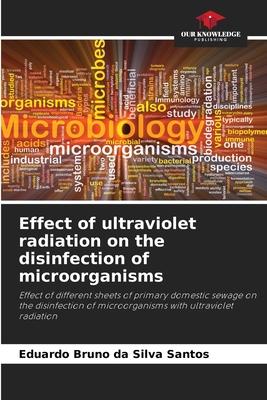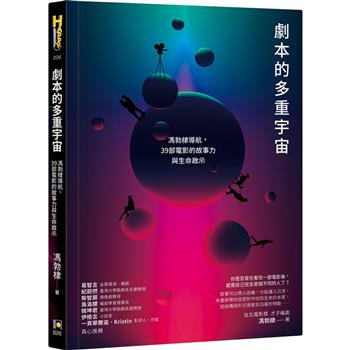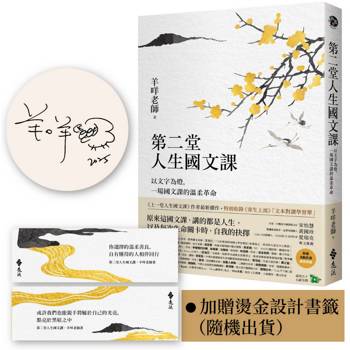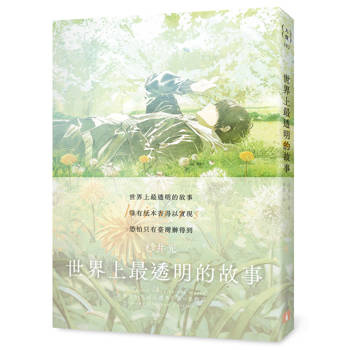Treating domestic sewage is one of the most important sanitation measures for people’s quality of life. The agricultural use of treated domestic sewage is an alternative for semi-arid regions. The general aim of this study is to analyze the effect of different sludge levels of primary domestic sewage on the inactivation of total and thermotolerant coliforms using ultraviolet radiation from lamps. From August to September 2011, an ultraviolet reactor was installed and monitored in the domestic sewage treatment mini-station at the UFERSA Zoo and Botanical Park in Mossoró-RN. Throughout the experimental period, samples of treated effluent were collected for physical-chemical and microbiological characterization. The experiment was set up in a completely randomized design with three replications and six treatments. The results indicated that there was a significant reduction in the population level of total and fecal coliforms for the different blades of primary domestic sewage under exposure to germicidal ultraviolet radiation; the 5 and 10 cm blades of domestic sewage were the most efficient in inactivating total and fecal coliforms.
| FindBook |
有 1 項符合
Effect of ultraviolet radiation on the disinfection of microorganisms的圖書 |
 |
Effect of ultraviolet radiation on the disinfection of microorganisms 作者:Da Silva Santos 出版社:Our Knowledge Publishing 出版日期:2024-03-28 語言:英文 規格:平裝 / 52頁 / 22.86 x 15.24 x 0.3 cm / 普通級/ 初版 |
| 圖書館借閱 |
| 國家圖書館 | 全國圖書書目資訊網 | 國立公共資訊圖書館 | 電子書服務平台 | MetaCat 跨館整合查詢 |
| 臺北市立圖書館 | 新北市立圖書館 | 基隆市公共圖書館 | 桃園市立圖書館 | 新竹縣公共圖書館 |
| 苗栗縣立圖書館 | 臺中市立圖書館 | 彰化縣公共圖書館 | 南投縣文化局 | 雲林縣公共圖書館 |
| 嘉義縣圖書館 | 臺南市立圖書館 | 高雄市立圖書館 | 屏東縣公共圖書館 | 宜蘭縣公共圖書館 |
| 花蓮縣文化局 | 臺東縣文化處 |
|
|
圖書介紹 - 資料來源:博客來 評分:
圖書名稱:Effect of ultraviolet radiation on the disinfection of microorganisms
|











